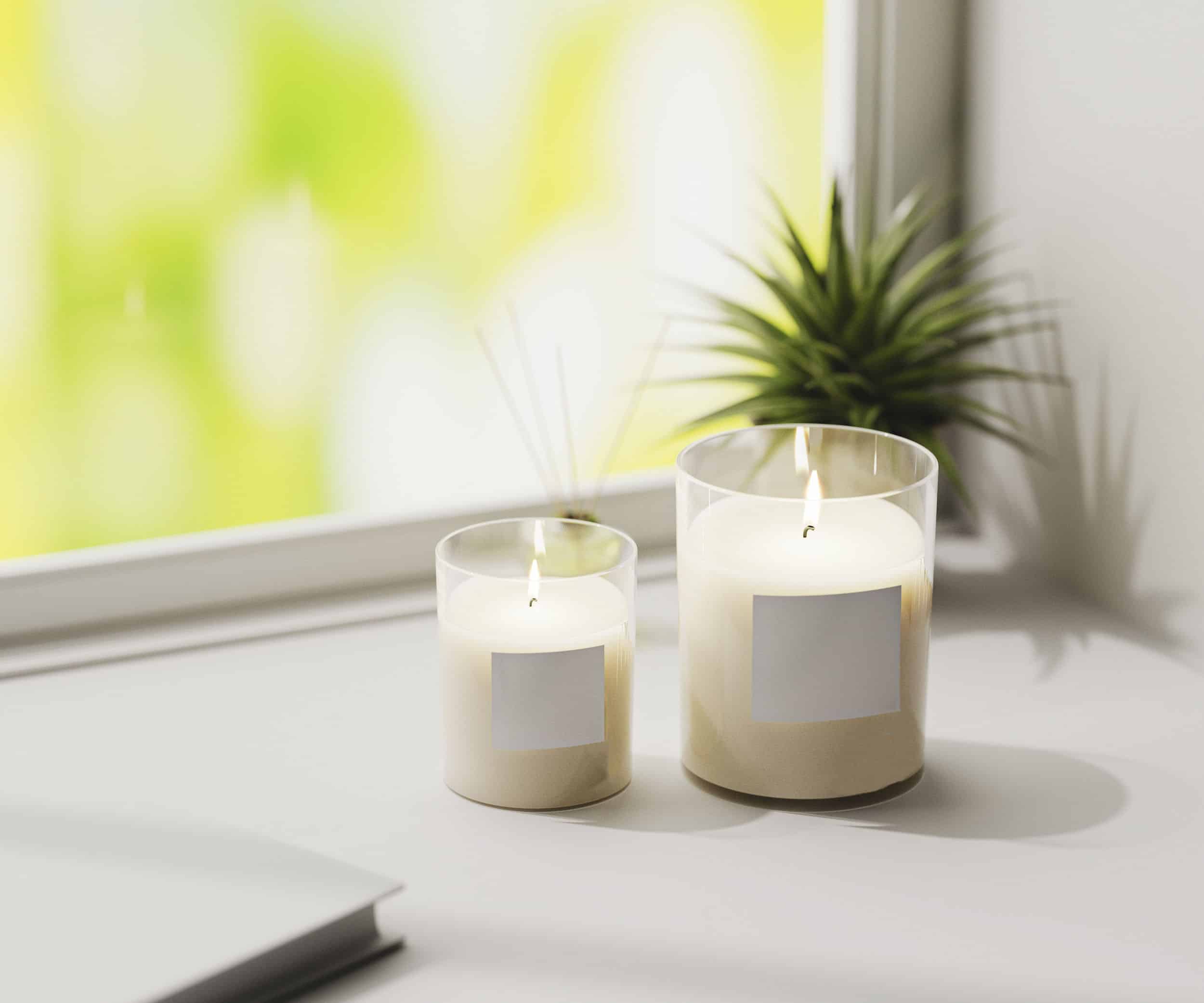An aromatic herb wall is a fantastic addition to any indoor space. It not only adds a touch of nature, but it also fills the air with a refreshing, pleasing aroma. The practice of growing your own herbs indoors has gained popularity due to its numerous benefits. It saves you the price of buying fresh herbs, adds beauty to your home, and offers the satisfaction of nurturing something from seed to full bloom. The question arises, what are the best plants for creating an aromatic herb wall indoors? In this article, we explore the top picks of herbs suitable for indoor growing, their care instructions, and tips on how to set up your indoor garden.
Choosing the Right Herbs for Your Indoor Garden
There are several herbs that will thrive indoors provided they are given the appropriate care. When choosing the herbs for your aromatic wall, consider factors like the availability of light, the size of your space, and the herbs’ growth habits. Here are a few excellent choices to consider.
Sujet a lire : How to Create a Personal Yoga Retreat in a Landscaped Garden?
Basil is a top pick for an indoor herb garden. It’s an easy-to-care-for plant that loves plenty of light and well-drained soil. Basil plants can grow quite large, but with regular trimming, they can be kept to a manageable size suitable for an indoor garden.
Rosemary is another excellent choice. This aromatic herb can grow quite tall, so it’s perfect for an herb wall. With sufficient light, rosemary will do well indoors. It prefers dry soil, so be careful not to overwater it.
Cela peut vous intéresser : What’s the Best Way to Childproof a Home Library with Floor-to-Ceiling Bookshelves?
Mint is a robust and fast-growing herb that will do well indoors. It can grow in both light and shaded areas and prefers moist soil. Due to its aggressive growth, it might need to be contained to avoid it taking over other plants.
Preparing Your Indoor Space for Gardening
Before you begin, it’s important to assess the space where you plan to set up your herb wall. Light is crucial for plants, and most herbs require a good six hours of direct sunlight each day. South-facing windows are usually the best spot for indoor gardens, but if your space does not have sufficient light, you can always supplement it with artificial grow lights.
The temperature is another critical factor most indoor plants prefer conditions between 65 and 75°F. Also, be aware of drafts or fluctuations in temperature, as these can be detrimental to your herbs.
The Importance of Soil and Water for Indoor Gardening
Choosing the right soil for your indoor herb garden is essential. Most herbs prefer well-draining soil. A good potting mix, which you can purchase at any garden supply store, will usually do the trick. Remember to avoid garden soil as it may contain pathogens and won’t drain well when used indoors.
Watering is equally crucial, though many indoor gardeners tend to over-water their plants. A good rule of thumb is to water when the top inch of soil feels dry to the touch. Overwatering can lead to root rot and other diseases, so it’s best to err on the side of caution.
Growing Your Herbs from Seeds or Starter Plants
For beginners, growing herbs from starter plants that you can purchase at a garden center is often the best approach. However, growing from seed can be rewarding and cost-effective, although it requires more patience and care. For a continuous supply of fresh herbs, you can sow new seeds every few weeks.
Maintaining Your Indoor Herb Garden
Once you have your indoor herb wall set up, consistent care is crucial to maintain your plants’ health. Regular harvesting not only provides a constant supply of fresh herbs for cooking but also encourages the growth of new leaves. Most herbs appreciate a good trim, so don’t be afraid to use your herbs frequently.
Keep an eye out for any signs of pests or diseases. If you notice any discolored leaves or slow growth, it’s crucial to address the issue quickly to prevent it from spreading. With proper care and attention, your indoor herb wall will provide an abundant harvest and fill your home with delightful aromas all year round.
Nurturing an Aromatic Pet-friendly Herb Wall
In addition to enhancing your home’s beauty and aroma, an herb garden can also be a safe and fun addition for your pets. However, it is crucial to make sure the plants you choose are pet-friendly. Basil and thyme are among the safe herbs you can grow indoors that are also harmless to cats and dogs. On the other hand, you should avoid including herbs like chives, garlic, lemongrass, and mint, which, while aromatic, can be harmful to pets if ingested.
Remember, creating a pet-friendly indoor herb garden doesn’t mean your pets should have free access to it. Keep the vertical garden in a south-facing window out of reach from them, to prevent them from knocking it over or eating the herbs. Having a pet in the home may mean you need to adjust the position of your herb wall, but with creative positioning, you can find a solution that works for everyone.
When it comes to maintaining your pet-friendly herb garden, regular monitoring is key. Look out for any signs of damage or discolouration on your herbs as these could be a sign of pests or disease. Promptly address any issues to prevent them from spreading and impacting the health of your plants.
Tips for Creating a Long-lasting Aromatic Herb Wall
An aromatic indoor herb garden is not just an excellent way to add fresh flavour to your meals, but it also adds a touch of nature and freshness to your indoor space. Here are some tips to ensure the longevity of your herb wall.
Consistent care is the secret to a thriving indoor herb garden. Regular trimming encourages new growth and helps to keep the plants healthy and bushy. This way, you not only get fresh herbs for your recipes but also help your plants last longer.
Proper watering is crucial to prevent root rot and other diseases. Overwatering can damage the plants and should be avoided. Check the top inch of the potting soil, and only water if it feels dry.
Regular rotation of plants is another helpful tip to maintain a long-lasting herb wall. It helps ensure all plants get an equal amount of sun exposure and prevents them from growing lopsided.
Quality of soil is another key factor. Good quality, well-draining potting soil is a must for indoor herbs. Avoid using garden soil as it may contain harmful pathogens.
Remember, growing herbs indoors require patience and a bit of trial and error. However, the benefits of having fresh, aromatic plants in your home outweigh the effort. The sight, smell, and taste of your own home-grown herbs make it all worthwhile.
Concluding Thoughts
Creating an aromatic herb wall indoors can be a rewarding endeavour. Not only does it add a fresh, natural element to your home, but it also offers practical benefits such as fresh herbs for cooking and a delightful aroma. Whether you’re a seasoned gardener or a rookie, it’s relatively easy to start an indoor herb garden. By selecting the right herbs, ensuring they get enough light, using well-draining potting soil, and giving them the right care, you can enjoy a lush, aromatic, and pet-friendly indoor garden. So why not take advantage of that empty wall and create your own oasis of aromatic plants? You’ll be surprised at the difference it can make in your home.






